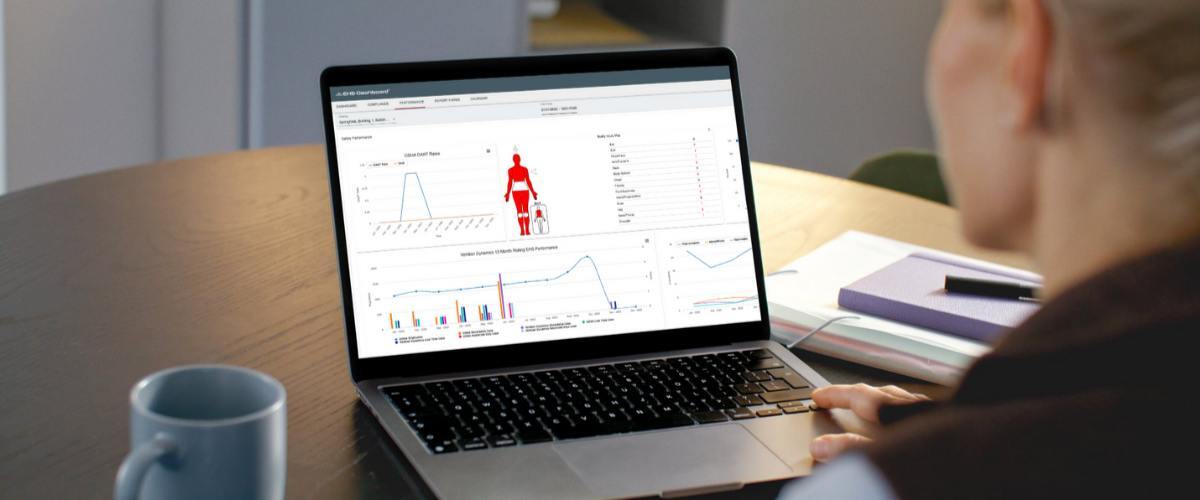EHS-Dashboard™ for Management of Change (MOC)
Introduction
Industrial facilities constantly evolve—equipment upgrades, process tweaks and organizational shifts are inevitable. Yet these changes can introduce hazards if they aren’t systematically managed. Industry guidance on Management of Change (MOC) stresses a structured process: identifying proposed changes, assessing risk, securing approval, communicating across the organization, and tracking implementation. When companies rely on ad-hoc emails or spreadsheets, critical steps slip through the cracks, exposing workers and facilities to unnecessary risk.

The Challenge: Turning Change into Safe, Compliant Outcomes
Without an MOC system, departments operate in silos. Engineering modifies a process without notifying operations; maintenance replaces a component without updating safety procedures; regulatory teams are left to piece together documentation after the fact. MOC experts note that effective change management must assign accountability, require documented risk assessments, and maintain continuous oversight. Organizations face two obstacles: first, identifying and evaluating every change that could affect safety or compliance; second, ensuring that approvals, training and procedures are updated before the change goes live.
Project Implementation Steps: From Request to Actionable Insight
Implementation begins by capturing every change request—whether a new piece of equipment, a process alteration or a staffing change—through standardized forms. The EHS-Dashboard™ routes each request to relevant stakeholders for a preliminary risk assessment, using checklists aligned with OSHA’s MOC guidelines. Risks are evaluated, mitigation tasks are assigned and deadlines are established. Once approvals are secured, the system notifies affected departments, and can be set up to schedule follow-up audits. Throughout the process, all data (hazard scores, approvals, comments) is stored in a centralized database for real-time analysis.
Discovering the Solution: Implementing EHS-Dashboard™
After struggling with fragmented MOC practices, a biopharma company in Massachusetts adopted the EHS-Dashboard. The platform’s configurable workflows mirrored best-practice MOC steps, while custom charts provided visibility into trends: how many change requests were submitted, and common high-risk categories. Automated notifications ensured that legal and compliance teams reviewed changes before implementation. By leveraging the EHS-Dashboard’s integrated risk-assessment tools, the company could demonstrate due diligence to regulators and auditors.
Realizing the Results: Unlocking Dashboard Dividends
Within months, tracking and documenting MOC events improved regulatory compliance and reassured stakeholders that safety was paramount. Cross-departmental collaboration improved—operations and maintenance teams now had a shared view of pending changes and their potential impacts. Managers used the EHS-Dashboard’s insights to allocate resources proactively, such as scheduling additional training when a process change required new procedures.
Continual Improvement: Driving MOC Success with Real-Time Data
Centralized MOC data enables companies to spot trends and refine processes. For example, analytics may reveal that equipment changes are often delayed because of slow approval by one department. Leadership can use this insight to adjust staffing and provide training. Real-time dashboards allow managers to monitor open actions and intervene before deadlines are missed. Over time, organizations can work toward building a culture of safety by demonstrating that no change is too small to warrant review.
Conclusion: Turning Insights into Impact with EHS-Dashboard™
Management of Change is more than a regulatory requirement—it’s a business imperative. By systematizing change requests, risk assessments and approvals, the EHS-Dashboard™ empowers organizations to manage change confidently. Teams gain visibility into trends, ensure regulatory compliance and, most importantly, protect their workforce.
